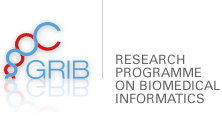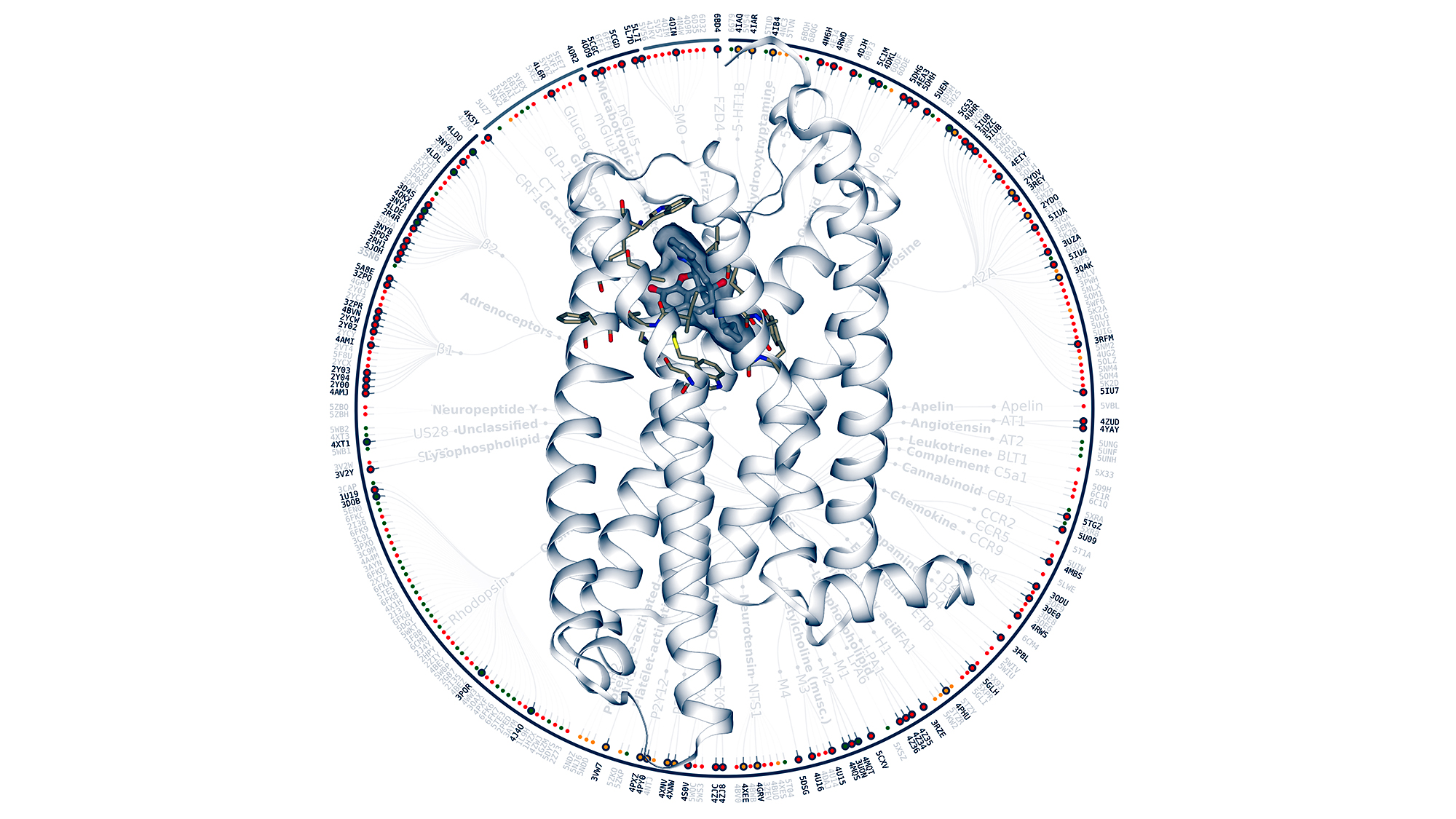
Thesis defence of Mariona Torrens Fontanals: "Making protein dynamics FAIR: Research platforms for the collection, dissemination, and analysis of molecular dynamics simulations"
Next Friday, 11th of February at 11:00, Mariona Torrens Fontanals, member of the the GPCR Drug Discovery Group of GRIB will read her thesis: "Making protein dynamics FAIR: Research platforms for the collection, dissemination, and analysis of molecular dynamics simulations".
You can attend to this event online shorturl.at/exPTZ
Abstract (english): Molecular dynamics (MD) simulations are a well-established technique to characterize the structural motions of biological systems at atomic resolution. However, accessing, viewing, and sharing MD trajectories is typically restricted by large file sizes and the need for specialized software, which limits the audience to which this data is available. The aim of this thesis is to extend the outreach of MD simulations by providing online resources that facilitate the dissemination, visual inspection, and analysis of this data. For that, we present GPCRmd and SCoV2-MD, two online resources focused on proteins with high biomedical interest: G protein-coupled receptors (GPCRs) and the proteome of the Severe Acute Respiratory Syndrome Coronavirus 2 (SARS-CoV-2), respectively. We also showcase the capabilities of GPCRmd and SCoV2-MD for exploring key aspects of protein dynamics. Overall, these platforms have the potential to promote data "Findability, Accessibility, Interoperability, and Reusability" in the MD field, supporting the FAIR principles for scientific data management.
Abstract (català): Les simulacions de dinàmica molecular (MD, per les seves sigles en anglès) són una tècnica ben establerta per caracteritzar els moviments estructurals de sistemes biològics amb una resolució atòmica. No obstant això, l'accés, la visualització i la compartició de trajectòries de MD solen estar restringits per la gran mida dels seus fitxers i la necessitat de programari especialitzat, que limita el públic al qual estan disponibles aquestes dades. L'objectiu d'aquesta tesi és ampliar la difusió de les simulacions de MD proporcionant recursos en línia que facilitin la compartició, inspecció visual i anàlisi d'aquestes dades. Per això, presentem GPCRmd i SCoV2-MD, dos recursos en línia centrats en proteïnes d'alt interès biomèdic: els receptors acoblats a proteïnes G (coneguts com a GPCRs, per les seves sigles en anglès) i el proteoma del coronavirus 2 de la síndrome respiratòria aguda greu (SARS-CoV-2), respectivament. També mostrem les capacitats de GPCRmd i SCoV2-MD per explorar aspectes clau de la dinàmica de proteïnes. En definitiva, aquestes plataformes tenen el potencial de promoure la cercabilitat, l'accessibilitat, la interoperabilitat i la reutilització de dades en l'àmbit de la MD, donant suport als principis FAIR (acrònim de l'anglès Findable, Accessible, Interoperable and Reusable) per a la gestió de dades científiques.



